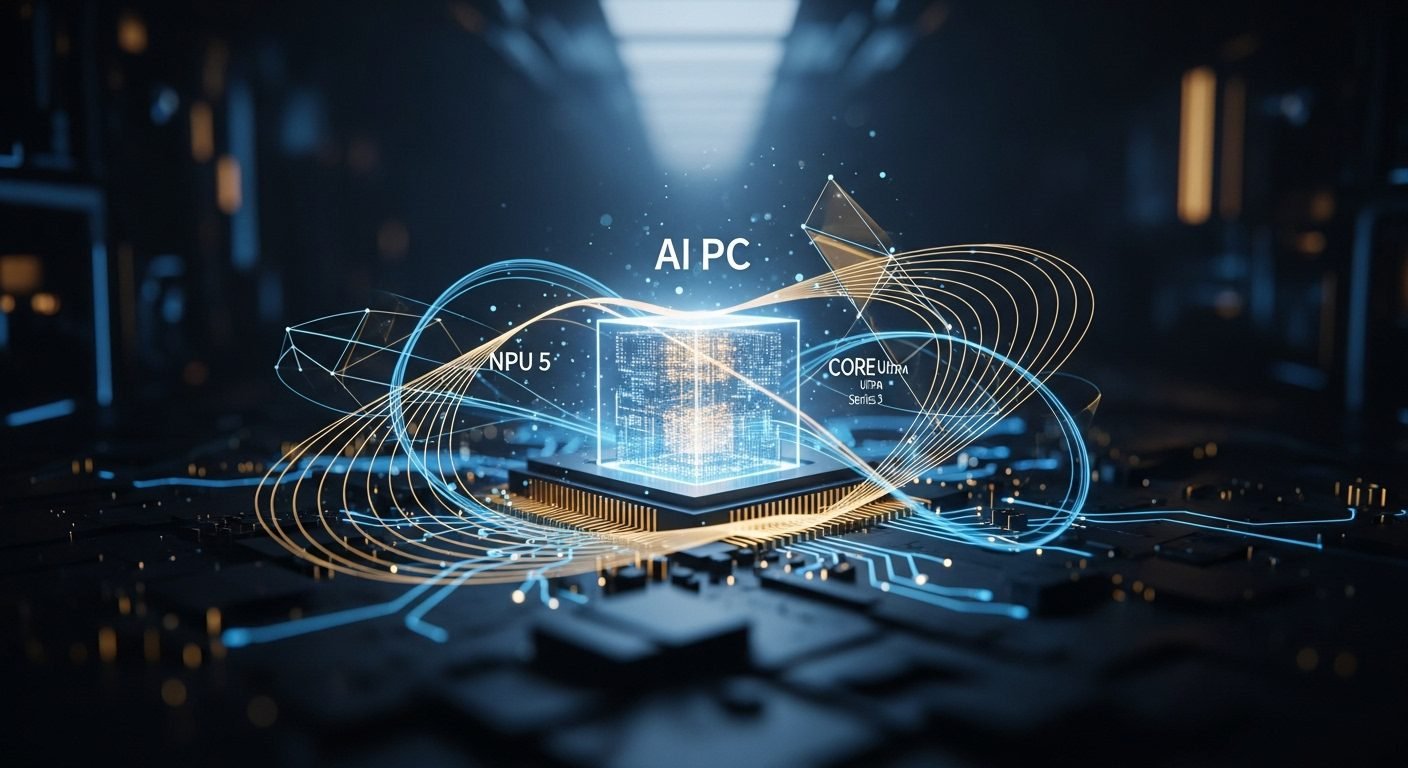Imagine your business operations running faster, smoother, and with fewer energy bills. It sounds like a dream, right? Microsoft just unveiled a cooling breakthrough for AI chips that could make this a reality sooner than you think, impacting everything from your favorite apps to the cost of cloud services.The rapid rise of AI has brought incredible capabilities, but it’s also heating things up – literally. Advanced AI processors generate so much heat that traditional cooling methods are struggling to keep up. Experts warn that current solutions could hit a “ceiling on progress” for AI within five years. This isn’t just about speed; it’s about sustainability. Big tech companies like Microsoft, Amazon, and Google are racing to find innovative ways to power their cloud platforms more efficiently, especially for handling those “spiky workloads” – sudden demand surges like a huge video conference.Microsoft’s solution? Microfluidics. They’re etching tiny, hair-thin channels directly onto the silicon chips themselves. Picture a microscopic network, inspired by nature’s designs like leaf veins, carrying liquid coolant directly to where the heat is generated. This “direct-to-chip” approach is a game-changer. Lab tests show it can cool up to three times better than current methods, cutting the maximum temperature rise inside a GPU by 65%. This means chips can work harder and faster without overheating, potentially extending their lifespan and making every server rack more powerful.
Why Your Business Should Care About Cooler Chips
For small business owners, this isn’t just a tech headline; it’s a potential boost to your bottom line. More efficient cooling means data centers consume less power. Less power consumption translates to lower operational costs for the cloud services you rely on, from customer relationship management (CRM) software to online accounting tools. Faster chips also mean applications run more smoothly, reducing lag during peak usage and improving the overall digital experience for you and your customers. Imagine your e-commerce site handling Black Friday traffic with even greater ease, or your team collaboration tools never slowing down.
Practical Takeaways
- Expect more reliable and faster cloud services as data centers become more efficient.
- Anticipate potential long-term cost savings on cloud computing subscriptions as operational expenses for providers decrease.
- Look forward to new, more powerful AI applications and features becoming accessible as hardware limitations are overcome.
The Everyday Impact of AI Efficiency
This isn’t just about saving money; it’s about what’s possible. Jim Kleewein, a Technical Fellow at Microsoft, explains that this technology could allow chips to run “hotter and faster,” meaning fewer servers are needed to deliver a superior user experience. This breakthrough could enable denser server designs, fitting more computing power into smaller spaces, and ultimately allowing for more sophisticated features in the AI tools we use daily. From better voice assistants to more accurate predictive analytics for your business, the underlying infrastructure will be stronger. Moreover, with reduced energy consumption, this initiative supports broader sustainability goals, which is good for everyone. You can learn more about Microsoft’s claims on their official source: AI chips are getting hotter. A microfluidics breakthrough goes straight to the silicon to cool up to three times better..While still in the “prototyped” and “lab-scale” stages, with reliability tests ahead, the long-term vision for microfluidics is incredibly promising. It could pave the way for entirely new chip designs, like 3D stacking, which promises even more immense computing power. For everyday consumers and small businesses, this means a future where AI-powered tools are not only more potent but also more sustainable and cost-effective. It’s a foundational shift that could redefine how we interact with technology and how efficiently our digital world operates. Explore the future of sustainable tech solutions. The journey from lab to widespread integration will be complex, but the destination—a cooler, faster, and greener digital future—is one worth anticipating. Understand how cloud computing impacts your business.











